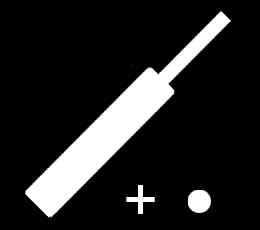curiouser.co.uk
Bat and Ball Problem
A very simple problem (which most Harvard students get wrong).

A bat and a ball cost £1.10 between them.
The bat costs £1 more than the ball.
How much does the ball cost?
Scroll down for the solution.
SOLUTION
Most people answer 10p.
The correct answer is 5p.
If the ball cost 10p and the bat cost £1 more, the bat would cost £1.10, making the total cost £1.10 + £0.10 = £1.20.
This puzzle appears in a book by the behavioural economist Daniel Kahneman’s called “Thinking, Fast and Slow”. (The only difference is that the problem Kahenman describes is in US dollars instead of UK pounds.)
According to Kahneman, more that 50% of students at the top US universities (Harvard, MIT and Princeton) get this problem wrong. At less prestigious universities the number of students who gave the wrong answer was more than 80%.
Kahneman writes:
“A number came to your mind. The number, of course, is 10: 10¢. The distinctive mark of this easy puzzle is that it evokes an answer that is intuitive, appealing, and wrong. Do the math, and you will see. If the ball costs 10¢, then the total cost will be $1.20 (10¢ for the ball and $1.10 for the bat), not $1.10. The correct answer is 5¢. It is safe to assume that the intuitive answer also came to the mind of those who ended up with the correct number—they somehow managed to resist the intuition.”
…
“The bat-and-ball problem is our first encounter with an observation that will be a recurrent theme of this book: many people are overconfident, prone to place too much faith in their intuitions. They apparently find cognitive effort at least mildly unpleasant and avoid it as much as possible.”
© 2000 curiouser.co.uk All rights reserved.